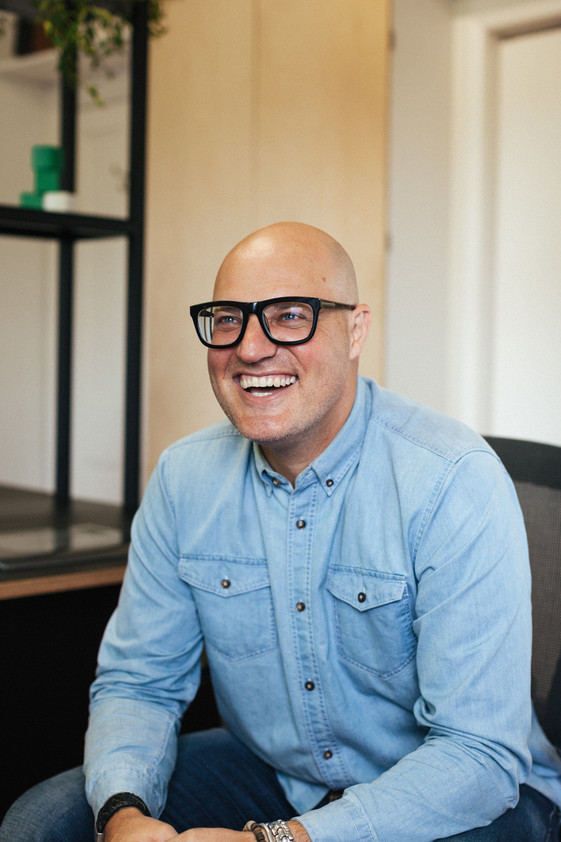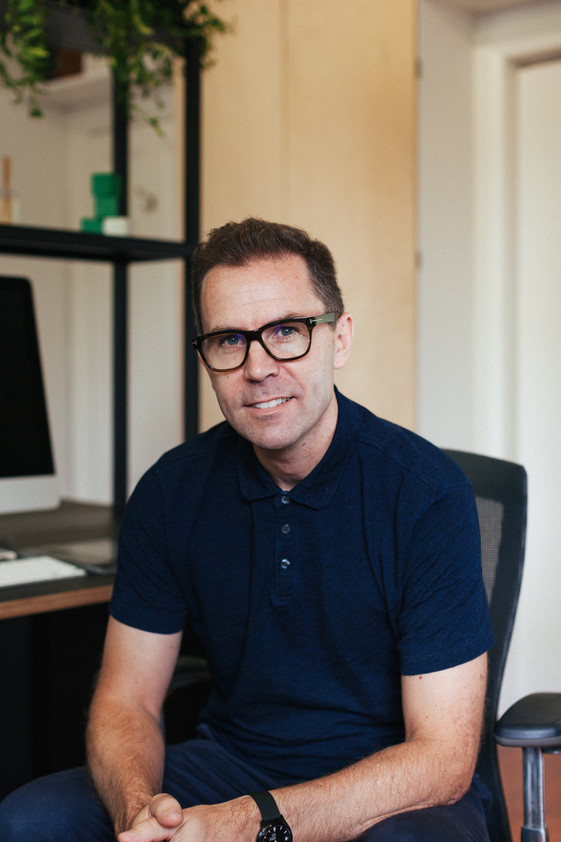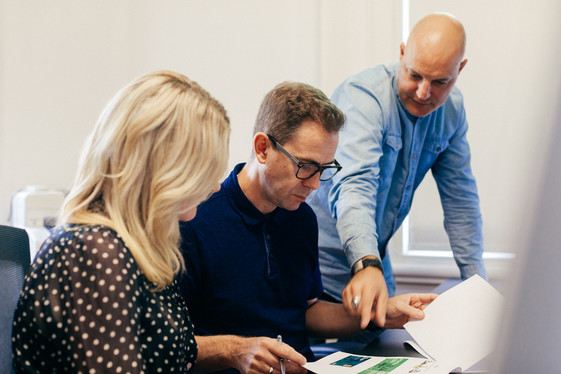I ask whether they think clients in general understand the value of design and craft, the value of taking more time up front instead of just rushing into rolling out communication.
“That’s such a good question,” says Shepherd. “I like to think we’ve become way better at describing why what we do is of value to their business, at a much more senior level. We can have an upfront conversation about resolving a whole bunch of comms problems, while making it clear that design plays a massive part in that.”
“We’re able to talk to them more about what they actually need to get out of it,” adds Unsworth. “That lays this path for the rest of the business.”
Arguably, designers have the potential for a much broader remit with clients that advertising agencies; design can have a place in a client’s built environment, their customer experience journey, and how they speak to a broad range of stakeholders.
“That,” says Shepherd, “is where the value of our experience comes in. Even if the client is approaching us with tactical challenges, we’re not going in and saying we are going to create design work for you that plugs into there, there and there. We come back with one big solution that encompasses everything.”
It’s one of the benefits of understanding where advertising and design intersect; the ability to offer a more holistic solution, with authority.
So what can the two fields learn from each other? Shepherd believes advertising can learn from the rigor with which designers explore the wider needs of a client, to ensure the longevity of their thinking and storytelling.
As for designers, they can learn “to be bolder - develop brand thoughts that are deeper and broader. Clients react so positively and have more ownership of a thought that spans all communication, brand behaviour and can become campaignable.” Unsworth sees the important thing to be learned from design is about recognising ideas for what they are: “Don’t confuse a short term campaign idea for a long term design solution.” And advertising’s lesson to design? “To have the confidence to fail, adapt, bounce back and succeed.”
UnsworthShepherd are an Auckland-based creative studio. Find out more about them at www.unsworthshepherd.com



